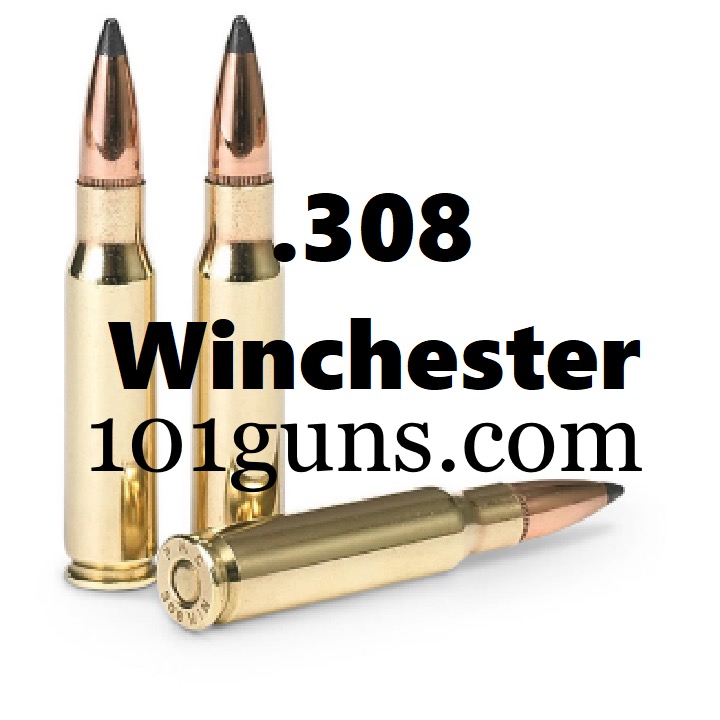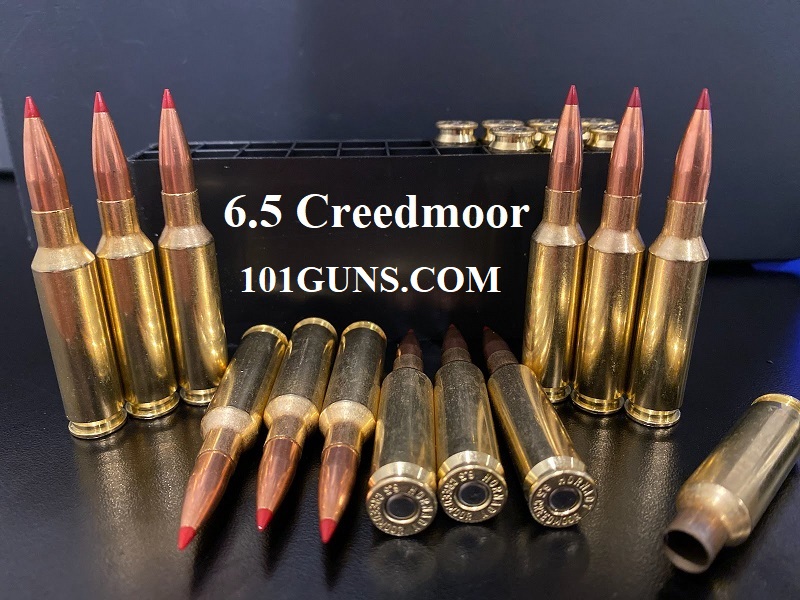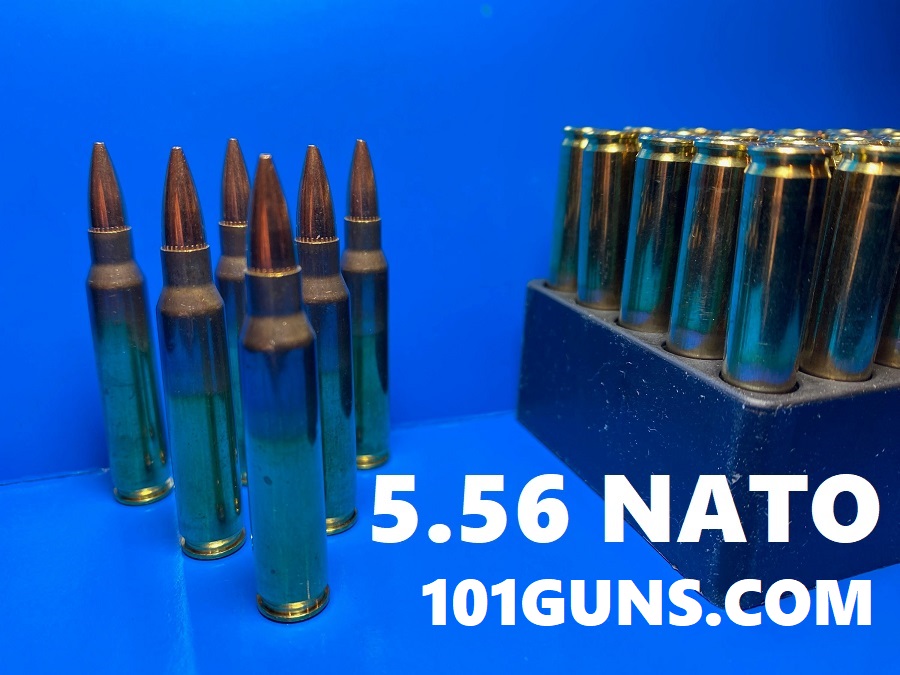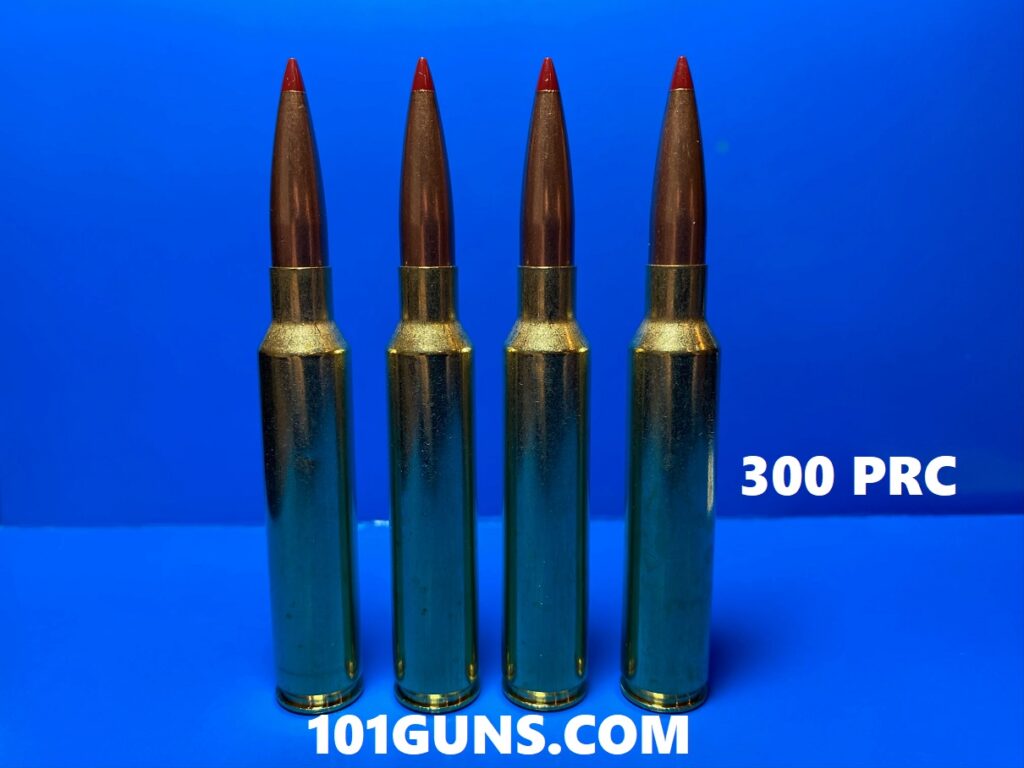



Interested to Learn How to select ammunition for long range
Interested to Learn How to select ammunition for ELR extreme long range
Firearm personal trainer, private firearms instruction designed to give the student an opportunity to have one on one training with a certified rifle instructor. One on one instruction at the range.
This firearms class is by appointment only, one on one. Private rifle training at the range.
5.56 NATO
What types of 5.56 NATO are being used in the US military?
There are many different types of 5.56 in use with the US military. They include:
- M193: A 55 grain lead-core FMJ bullet. It has a copper jacket and is non-magnetic. M193 was adopted by the US military in 1964 and is still in use today.
- M196: A 55 grain tracer round. It is identical to M193, except for the addition of a trace element in the bullet. It has a red tip so that it is differentiated from M193.
- M855: A 62 grain lead/steel-core hybrid FMJ bullet with a steel penetrator tip and a copper jacket. It is magnetic. M855 was adopted by the US military in 1983 though the SS109 bullet which it utilizes was developed by NATO allies.
- M856: A 62 grain tracer round. It is identical to M855, except for the addition of a trace element in the bullet. It has an orange tip so that it is differentiated from M855.
- Mk262 Mod 0/ Mk262 Mod: A 77 grain Open Tip Match (OTM) bullet. It is a lead-core bullet with a copper jacket and a boat-tail design. The tip is open to improve accuracy.
- M995: A 62 grain armor piercing (AP) round with a tungsten carbide penetrator. It has a black painted tip.
- M855A1: A 62 grain lead-free copper-core bullet made for better performance in shorter barrels.
- Mk318: A 62 grain lead/copper hybrid construction bullet with OTM for better accuracy and barrier penetration.
50/200 yard zero
One of the most popular 5.56x45mm zero’s is the 50/200 yard zero. This means that your rifle will be sighted in such that your bullet will impact dead on at 50 yards, and have a similar point of impact at 200 yards. At 100 yards, the point of impact will be about 1-2″ high. At 300 yards, you’re point of impact will be about 5-6″ low, and at 400 yards, it is about 12″ low.
The advantage of zeroing at this range is that you have a fairly similar point of impact at ranges under 200 yards. Even out to 400 yards, you might be able to make COM (center of mass) hits without much compensation for elevation.